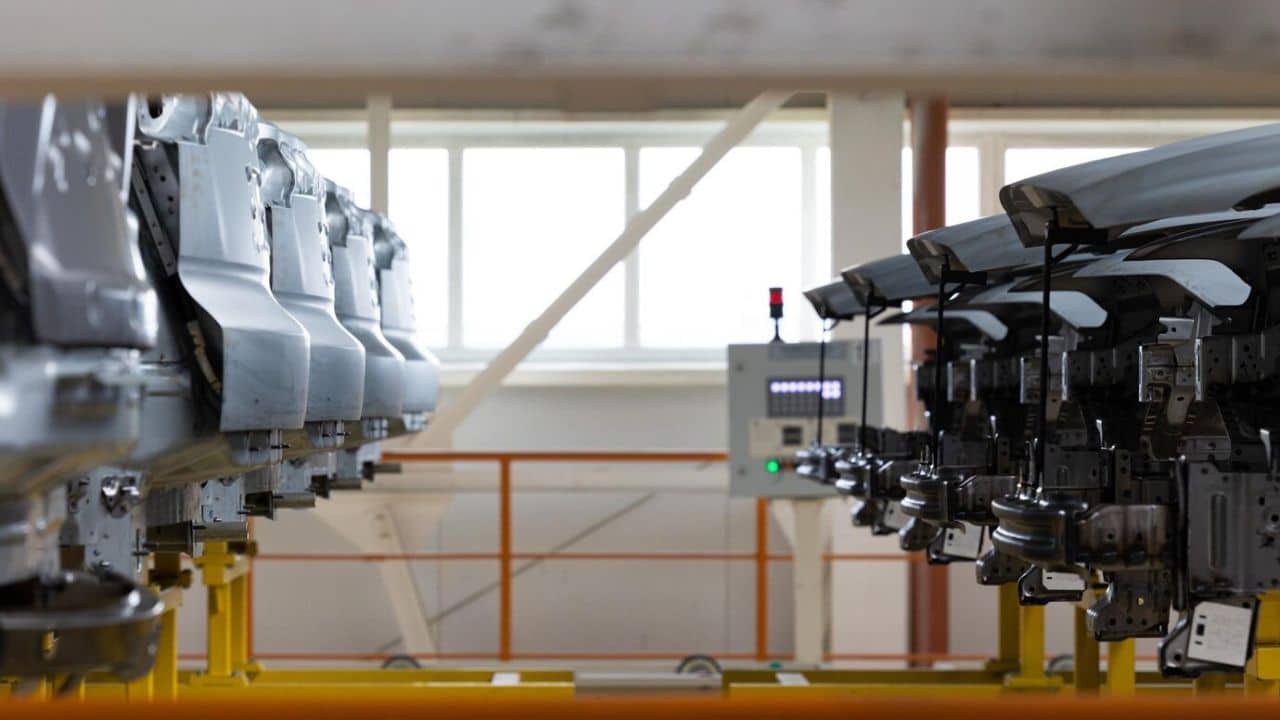In aviation, engine stand durability helps support efficient and sustainable operations. With their sturdy construction and extended lifespan, these stands offer both environmental and economic benefits, making them a practical choice for companies looking to optimise resources. By reducing the need for frequent replacements and minimising downtime, high-quality engine stands help limit waste and support consistent performance. This focus on durability aligns well with both sustainability goals, which are especially important today, and budget considerations, offering a dependable solution for meeting the demands of today’s aviation environments.
Sustainability through Long-Term Usage
Any durable aircraft engine stand contributes to sustainability by reducing the need for frequent replacements, lowering the environmental impact of aviation equipment. However small a contribution, any effort to protect the environment is applaudable. Constructed from materials such as reinforced steel and durable alloys, such stands are designed to withstand extensive use, resulting in a prolonged lifespan. By using equipment that actually lasts, aviation companies can decrease the demand for new resources, helping to limit the environmental impact of production and disposal. This also means fewer engine stands are sent to landfills over time, contributing to effective waste management. The focus on longevity aligns with the sustainability objectives found within many industries today, including aviation. As a result, durable engine stands offer a practical approach to resource conservation, helping companies achieve operational goals while also being environmentally responsible.
Cost Savings from Reduced Replacements
Investing in durable engine stands can yield long-term cost savings by reducing the need to replace or repair frequently. High-quality materials and sturdy design mean that these stands remain reliable for a long time, allowing aviation companies to avoid repeated and perhaps unnecessary purchases. Organisations allocate resources more effectively by choosing durable stands, reducing overall expenses. These cost savings can then be redirected to other areas, such as equipment upgrades or staff training, supporting broader company goals. In addition, durable stands help to create an optimal budget by minimising the unexpected expenses associated with replacing less durable equipment. This approach contributes to financial stability and planning, as companies can rely on long-lasting engine stands for consistent use over time. This way, durable engine stands offer economic advantages that align with efficient and strategic resource management.
Improved Efficiency and Reduced Downtime
Durable engine stands contribute to operational efficiency by providing reliable, stable support that reduces the however small likelihood of disruptions. High-quality stands are designed to withstand daily handling and load-bearing requirements, which helps minimise the risk of structural issues that could possibly cause delays. By using durable equipment, aviation companies can maintain smoother workflows and avoid interruptions that come with replacing or repairing less resilient stands. Although such scenarios are rare, it’s best to be prepared for anything and choose a reliable option firsthand – such stability helps to keep operations on schedule. As a result, durable engine stands create a more dependable working environment, which aligns with the operational priorities of many aviation organisations aiming to optimise performance.



































